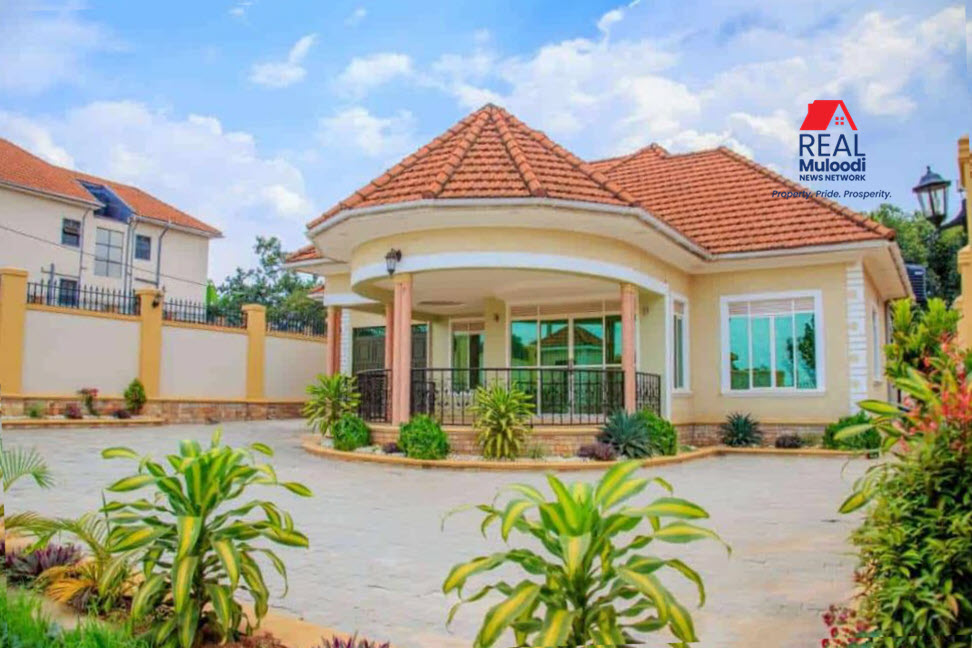UGANDA, Kampala | Real Muloodi News | Recently, there was a debate on Twitter about the cost of houses in Uganda. The case is that houses were cheaper in some parts of North America and Western Europe than in dingy Kampala and Wakiso in Uganda.
According to Cytonn report, apartments in high-end areas of Kampala such as Kololo, Nakasero, and Bugolobi cost about US$2,000 per square metre. Furthermore, an empty acre of land in Kololo goes for more than a million US dollars.
Upper middle-income areas including but not limited to Naguru, Mbuya, Luzira, Muyenga, Lubowa and Ntinda, an apartment costs about US$1,160 per square metre.
In middle income areas such as Bukoto, Kiwatule, Kira, Naalya, Namugongo, Buziga and Bunga, an apartment costs over US$900 per square metre. Whereas outside the city centre, an apartment costs about US$500 per square metre.
A four-bedroom flat in Mbuya sells for Ugx. USh650 million, which is about US$185,000. In some other places like Munyonyo, Garuga, Muyenga or Butabika, similar apartments can cost as much as US$400,000. These are the same rates or even more expensive than in Dubai.
So, what makes the Ugandan property market so expensive?
The cost of inputs is so high. A 50kg bag of cement costs nearly US$9, while a Y16 bar costs as much as US$22. The absence of sewage lines in most parts of Kampala means each house must have a septic tank and soak pit, which alone increases the cost of a house by approximately US$2,000.
Many houses built in Europe and America use certain wood types and other prefabricated materials, which reduce the cost of inputs, including labour, but this isn’t the case in Uganda.
Lack of proper facilities and high land costs is another contributor. In Gayaza, one can buy an acre of land today, and turn around tomorrow and sell it for double its price, and still get a buyer.
In Kololo, for example, properties prices have reached a price ceiling beyond even Kampala’s richest folks.
In Europe and America, one can live 100km from their workplace and commute to and from work every day. They wake up, jump on a train, bus or get onto a freeway and travel 100km every day. In Kampala, 100km is beyond Jinja or near Masaka town.
Because of our poor infrastructure and lack of public transport, it’s nearly impossible to commute from that far to the workplace every day without suffering a nervous breakdown. Despite the cost of land just 50km from Kampala being low enough that many people can afford it, they wouldn’t be able to live there and commute to Kampala every day given the exorbitant transport costs.
Also, the time spent to cover the distance every day would be so much. On average, a person living 15km from Kampala takes two hours every day to get to work and another two to get back home.
But even with the high cost of houses in Uganda, there is still an increased demand for housing primarily due to the ever-increasing rate of urbanisation and the fast-growing population. Uganda’s population growth rate of 3.6 per cent a year is one of the fastest-growing populations in the world.
READ MORE LIKE ME:



